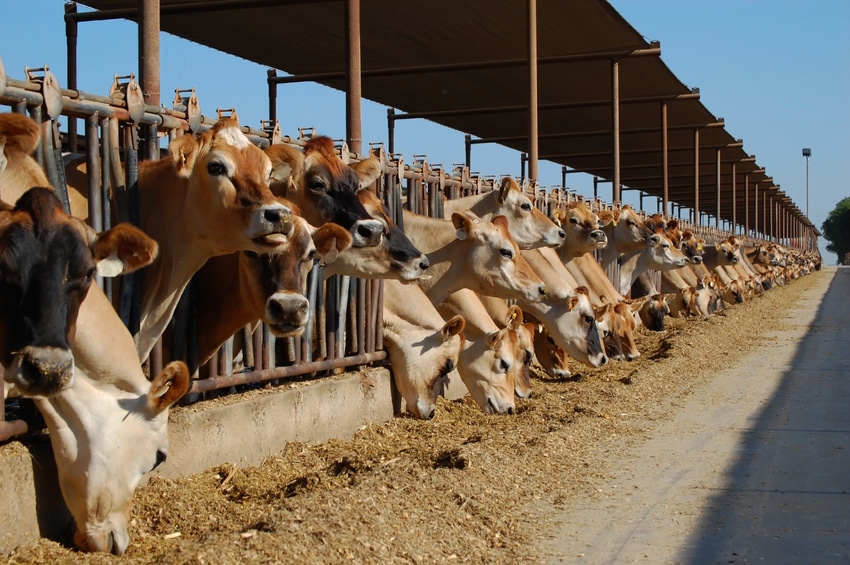Jersey breed-specific nutrition webinars available on demand
Programs offered as free educational resource about distinct differences of feeding Jersey cattle versus a larger breed.
November 21, 2018

National All-Jersey Inc. (NAJ) has joined industry experts to produce five webinars focused on Jersey breed-specific nutrition throughout four different stages of a dairy animal’s life cycle.
The programs — covering the transition period, lactation, heifers and calves — are offered as a free educational resource for dairy producers, nutritionists and herd management consultants about the distinct differences of feeding Jersey cattle versus a larger breed.
The impetus for the series came NAJ immediate past president David Endres of Lodi, Wis. Across his 32-year career in the dairy business, he has milked both Jerseys and Holsteins in single- and mixed-breed set-ups.
“There’s a big difference between Holstein and Jersey nutrition, and unfortunately, too many of the nutritionists out there do not have enough experience because they do not have enough Jersey herds to work with,” Endres said. "I have a great nutritionist, but he only has my Jersey herd to work, with and it makes it tough for him to have Jersey-specific information.”
Dairy consultant and nutritionist Laura Daniels in Cobb, Wis., moderated each webinar and led the interactive question-and-answer session. Complete recorded programs and presenter slides are available from the USJersey website at this short link.
“The Transition Cow” featured Dr. Jim Tully, Dr. Cameron Nightingale and Todd Stroup of Pine Creek Nutrition in Turlock, Cal. Their presentation was made into two separate videos that were aired Aug. 30 and Sept. 12. They discussed feeding dry and close-up animals and monitoring fresh cows for the optimal transition. Six guidelines for a successful transition were discussed, with an emphasis on dietary cation-anion difference (DCAD) diets.
Dr. Bill Weiss and Dr. Maurice Eastridge from The Ohio State University hosted “The Milking Herd” on Sept. 27. They explained the nutritional differences and similarities in lactating Jerseys compared to Holsteins. Weiss and Eastridge highlighted the differences in body condition and dry matter intake prepartum and postpartum while also discussing breed effects for certain minerals and vitamins.
In “The Jersey Heifer” presentation on Oct. 11, Dr. Bob James of Down Home Heifer Solutions in Blacksburg, Va., addressed the question, “What’s special about feeding Jersey heifers?” James detailed nutrition requirements for maintenance and growth in Jersey heifers. He covered the BAMN targeted growth model based on mature body size, an approach that avoids issues that come from using Holstein-based growth charts. Practical suggestions were also shared for feeding Jersey heifers in mixed-breed operations.
“The Jersey Calf” webinar on Oct. 25 featured Gary Moore of Greenwich, N.Y., a calf nutrition specialist with Cargill who is also experienced with Jerseys. Achieving the optimal start for a Jersey calf, Moore noted, requires building the immune system, feeding calves to meet their genetic potential and managing transition. Colostrum quality and quantity were discussed, along with some common pitfalls mixed-breed herds may encounter if they don’t manage breed differences. Moore also highlighted many misconceptions when feeding Jersey calves and offered solutions.
NAJ was formed in 1957 by the American Jersey Cattle Assn., the oldest dairy breed registry organization in the U.S. Its mission is to increase the value of and demand for Jersey milk and to promote equity in milk pricing. NAJ is the only organization that represents milk marketing concerns for owners of a single dairy breed.
You May Also Like

.png?width=300&auto=webp&quality=80&disable=upscale)

